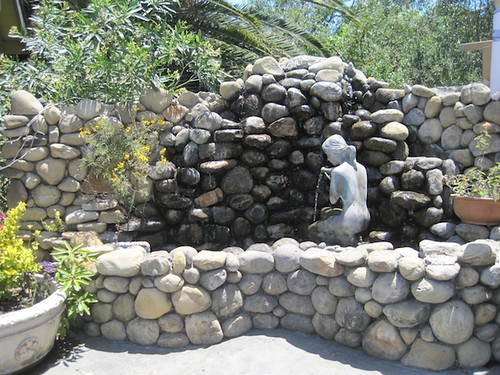 |
| Seattle, 2013 |
 |
| Colon, Panama, 2014 |
.jpg) |
Colon, Panama, 2014, where we boarded the Sea Lion.
A vast number of container ships either travel through the Panama Canal or
drop off their cargo to be transported across the isthmus by rail and picked up by others.
Many of the container ships are too large to go through the canal. |
Yesterday, I read an article about people who like to watch shipping containers,
"Container Spotting," at Edible Geography, a rather strange blog I read occasionally. The article described the challenge of "container spotting" -- that is, identification of containers, where they might have come from, where they might be going, and what their contents might be. Evidently there are two types of spotters: "those who track container ships, and those who track the containers themselves on port and on land."
The blog post described a new book about to be written for those who love this pastime. Though I like looking at the containers on ships or in port, I never even wondered about identification. I guess I'm not going to participate in the Kickstarter campaign for the book -- it's already oversubscribed anyway. But it made me wonder just a little about what was in the containers we saw in Seattle and Panama.
The article also mentioned two other books on containers,
Ninety Percent of Everything: Inside Shipping, the Invisible Industry That Puts Clothes on Your Back, Gas in Your Car, and Food on Your Plate by Rose George, and
The Box: How the Shipping Container Made the World Smaller and the World Economy Bigger by
Marc Levinson. I've already read
The Box, which is a wonderful history of shipping containers and the labor issues that accompanied their takeover of worldwide shipping. Maybe I'll read the other book some time.












.jpg)
.jpg)






